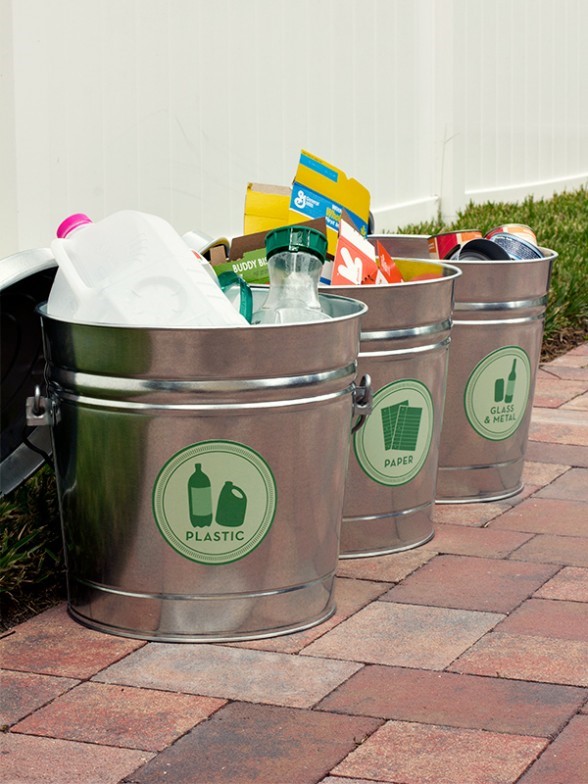Being Zero Waste And Reusing, Recycling, Upcycling, And Reusing
4 min read
In today’s blog – upcycling waste Singapore, we are going to talk in detail about Being Zero Waste and reusing, recycling, upcycling, and reusing. We’re all familiar with the concept of recycling these days. The majority of us know which goods should be recycled and which should not. But then we ask questions like – do people truly use recycling as a way to rescue the environment? Is it possible to reuse our plastic bottles and polystyrene packing in a less energy-intensive manner? And what are we going to do with all the non-recyclable items?
Let’s attempt to get a better understanding of this. Many individuals are unaware that there are alternatives to throwing plastic in the trash and bottle caps in the incinerator after each use. Let’s take a look at recycling, alternatives, and when each method should be done at home to reduce trash.
Why Is It so Important to Reduce Our Waste Anyway?
There isn’t a day that goes by when we don’t see plastic bottles cluttering the streets or bags obstructing the drains in our daily lives. We continue to ignore the situation, assuming that it will be cleaned up by someone else. The problem is that ‘cleaning up’ just includes moving rubbish to a position where we can’t see it. When garbage and recycling vanish in the early hours of the morning from our bins, we believe the problem has been handled, but it has not vanished from our planet. Decomposition of plastic bottles might take up to 4,000 years. As a result, they’re buried and hidden for millennia. Meanwhile, large quantities of plastic wind up in our ocean, where it is mistaken for food by fish.
Items that do not end up in the landfill are burned. This is a method of emitting dangerous greenhouse gasses into the environment. The problem of waste disposal isn’t the only one. Raw materials must be mined, chopped, or quarried to make single-use goods. When it comes to money and energy use, they aren’t cheap businesses. They also leave undesirable wounds on the environment.
The Last of the Three R’s is Recycling.
In most Western countries, recycling has become a normal home habit. Although it is not required by UK legislation, most plastic producers now mark their recyclable products. Recycling is an effective strategy to reduce trash while also conserving natural resources. It’s crucial to remember that aluminum cans, glass bottles, and paper can all be recycled multiple times. Reduce, Reuse, and Recycle are the three R’s, so recycling should be considered a backup strategy rather than the end solution.
The process of converting an old object into a new one still requires a significant amount of energy. Processing plants for recycling, on the other hand, contribute to pollution. In addition, sorting operations frequently result in recyclable black plastic ending up in landfills. Even if you’ve separated your recyclables and non-recyclables, they’ll almost certainly end up in the same pile.
Reuse instead of throwing things away
Finding a way to use the same item more than once before throwing it away is referred to as reusing. For example, you may put a plastic bag in your kitchen trash can or carry it with you the next time you go shopping.
Upcycling is a trend that never goes out of style
The practice of refashioning anything old or broken into something new and functioning is known as upcycling. Upcycling an old door into a rustic dining table is a great example for it. Upcycling garbage has become fashionable in recent years. However, it was formerly commonplace before the Western world’s mindset of “if it’s broken, purchase a new one” took hold. Upcycling garbage has the advantage of being able to upcycle practically anything. And you can do it all from the comfort of your own home most of the time. You may make a shopping bag out of a pair of jeans or a skirt. Old newspapers can be used to make a biodegradable plant container. Seedlings can be planted in yogurt pots, and egg boxes can be used in a variety of children’s projects.
The ‘glass’ for a handmade photo frame may be constructed out of clear plastic food containers. From drinking glasses to lanterns to food storage, glass jars and bottles offer nearly unlimited upcycling options. Giving things a new lease on life and crafting presents out of pre-loved items can be quite rewarding! Your first point of call should always be upcycling and reusing. You’ll certainly run out of ideas or storage space at some time, so consider donating your “waste” to a local initiative.
By our blog regarding – upcycling waste Singapore you must have understood that it’s always a wise act – when something can’t be utilized, it should be recycled rather than discarded.






